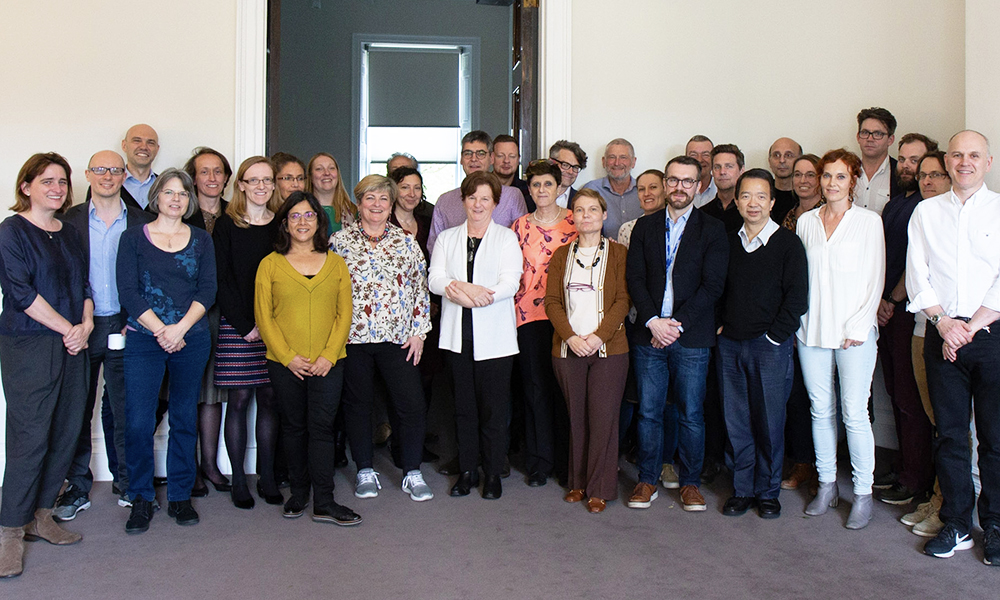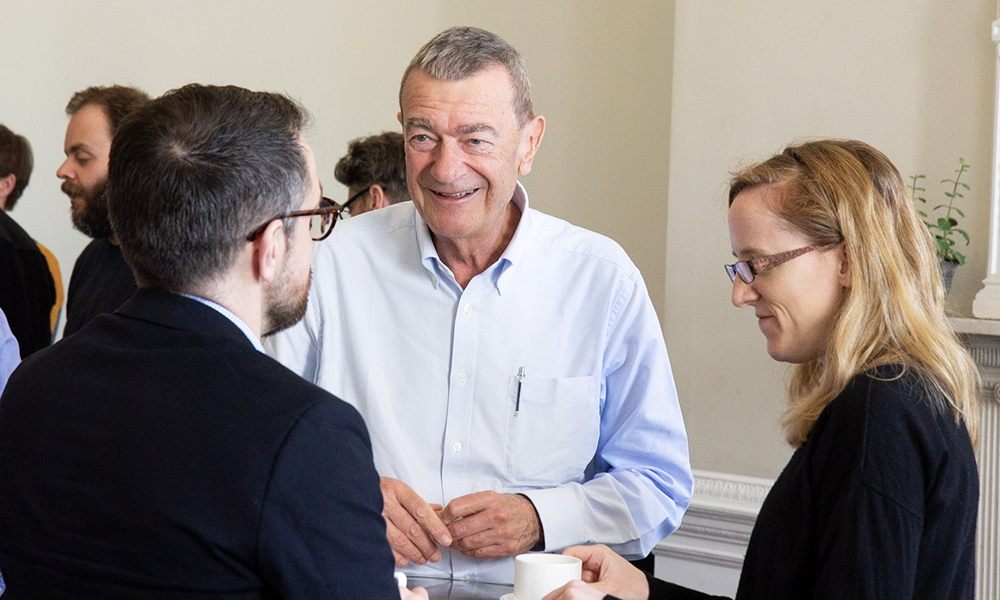
On Friday 10 May, academics gathered at the Academy of Medical Sciences to define the direction and priorities of the new Department of Immunology and Inflammation, ahead of its official launch this August.
Currently established as a Division within the Department of Medicine, Immunology and Inflammation is one of four number new departments to be created as part of the Faculty of Medicine reorganisation. The new structure has been developed by the Dean of the Faculty, Professor Jonathan Weber, to enable individual departments to evolve and promote their unique strengths, and will be set in motion on 1 August 2019.
Introducing the event, Professor Marina Botto, Head of the new Department, said:
“This is an exciting day for everyone to be in the same room. It’s an opportunity to meet new faces, and most importantly, time for us to reflect on new approaches and ideas.”
The new Department will comprise the Centre for Haematology, the Centre for Inflammatory Disease and the Centre for Cell Signalling and Inflammation. It will be the only Department within the Faculty to be based in one building at one campus.
Shaping a successful future
Professor Botto also highlighted a number of key priorities for the new Department:
- Providing an environment that enables the development of early career stage researchers. The Department also hopes to address the balance of senior academics by recruiting more junior researcher positions.
- Strengthening the important link with the Trust and promoting the clinical translation of research
- In light of the expansion of White City Campus, promoting collaboration across the College and engaging with industry
- Further developing the provision of teaching and education within the Department

New members
Professor Botto introduced two new members: Dr David Thomas and Dr James Peters, both of whom are from the University of Cambridge.
In his previous work, Dr Thomas characterised the Eros (Essential for Reactive Oxygen Species) gene. His research looks at the role of this gene in controlling processes in the immune system, which has clinical implications for chronic granulomatous.
Dr Peters’ work provides an insight into the aetiology of cardiovascular diseases and vascular inflammation by applying multi-omic technologies at the population level.
Education mission
Dr Sophie Rutschmann, Education Lead for Immunology and Inflammation, provided an overview of the new Department’s educational portfolio.
The new Department aims to deliver the MSc in Immunology, BSc Haematology and Mastering Laboratory Skills short course, as well as co-delivering the MSc in Molecular Medicine.
Reflecting on the day, Dr Rutschmann said:
“This has been a very fruitful meeting. The new links within our Department will undoubtedly offer countless opportunities for scientific collaborations, as well as a great environment to strengthen the partnership between research and education, to deliver our current courses to the highest standards and to develop our education mission in innovative, fun and rewarding ways.”
Wide-ranging research
Academics also delivered five-minute talks on their specific research areas, highlighting the breadth of activity to be covered by the Department. Its portfolio will cover everything from fundamental research to target discovery, from animal models to clinical trials. This work will be relevant to a wide range of conditions including cancer, kidney disease, multiple myeloma, deep vein thrombosis, auto-immune thrombocytopenia and systemic lupus erythematosus.
Reflecting on the research talks, Professor Botto commented:
“I am very impressed by the breadth of our research but also astonished about how much common ground we have amongst us. For example, clinical phenotyping and omics features heavily across the Department. We’re fundamentally all looking at the same problem, just approaching from different angles.”
Report and photography by Ellyw Evans
Related links